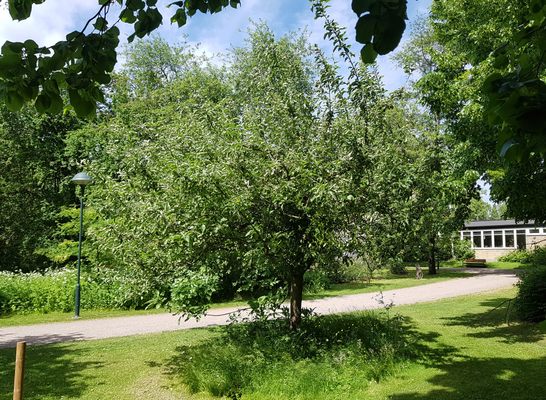About
Science can be seen by many as a rigid discipline, only dealing with facts and objective truths. While this is true, many people seem to forget the humans behind the science. There are many links between scientists and places related to their discoveries across the globe.
Pictures, equipment, and sometimes a sink shed light on the faces behind some of the world's greatest discoveries. This apple tree in a Lund botanical garden is related to one of humanity's greatest discoveries.
The garden is home to an impressive collection of trees, shrubs, and plants from all over the world. Botanical gardens such as this were meant to offer an accessible way for scientists to study various species of plants.
If you were to ask a botanist what makes the botanical garden in Lund unique, they will likely give you hundreds of reasons, but Newton's apple tree will always be featured prominently on that list. This tree, a Flower of Kent, was brought to the botanical gardens in 1996 and was planted by Hans-Uno Bengtsson, a theoretical physicist from the city.
The tree itself has no real scientific meaning apart from it being related to the tree that allegedly helped Isaac Newton devise his theory. People venture to the garden to take pictures with the tree or snag an apple that fell as a souvenir.
Visitors may also notice that the tree is misidentified on the sign as a Beauty of Kent, rather than a Flower of Kent. This likely happened when the sign was replaced after being stolen in 2015.
Related Tags
Know Before You Go
Entrance is free, the tree is close to the marker on the map near several other apple trees. If you are taking the northward path, the tree will be on your right.
Published
August 28, 2020
































